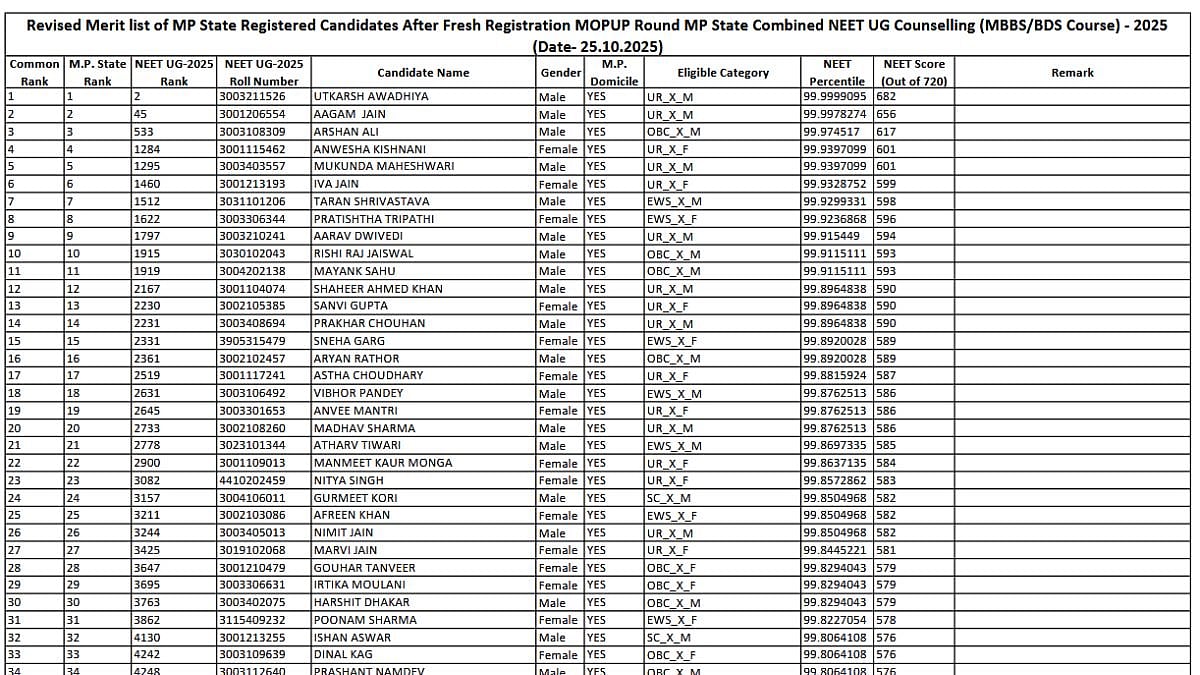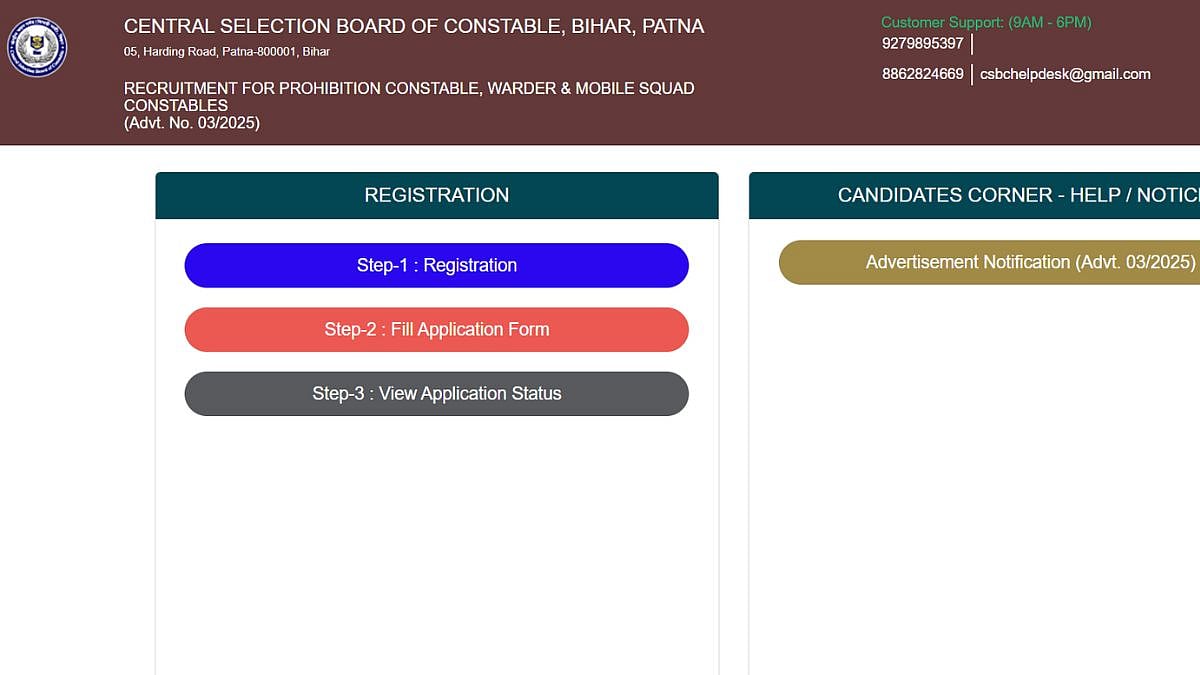What about exploring the synergy between humans and artificial intelligence (AI) in higher education? AI's ability to process vast amounts of data complements fundamental aspects of human cognition and behaviour, enhancing our capabilities. This collaboration creates a new paradigm for learning, where traditional teaching methods and learning experiences are replaced with apprenticeships in real-world environments.
The Synergy of Human and Machine in Education
Today in higher education, as well as in many other fields, AI is not designed to replace humans but rather to work alongside them: handling large volumes of data quickly while leaving humans to be creative, exercise critical thinking and judgment, and be empathetic. This partnership improves us and opens new doors for education. AI systems can assess student performance on a real-time basis— which makes it possible for the teacher to come up with customised teaching methodologies that will address specific areas of weakness, hence better results and no child left behind.
It also has the advantage of automating administrative tasks like grading or keeping track of attendance, which in turn frees up the teacher's time so they can concentrate more on teaching (and creating interesting content). Adaptive learning platforms depend on AI algorithms to evaluate what a learner knows and come up with appropriate content; this guarantees optimal learning.

Fostering Creativity and Immersive Learning Environments
AI will also foster creativity and innovation because it will be responsible for the completion of repetitive jobs, and this will allow teachers or researchers to concentrate on more complex, creative tasks. Virtual assistants capably coordinate the details of a course while instructors generate new content and try out interactive and experiential pedagogical methods. Researchers can quickly process huge amounts of data thanks to AI, which facilitates analysis and the generation of new findings.
Moreover, augmented and virtual reality based on AI produce immersive environments that permit learners to interactively delve into difficult concepts; this makes memorisation more efficient. AI-powered simulations give hands-on practice to students before they come across the actual real challenges in their work life — for instance, virtual surgeries for medical students or simulated engineering projects.
Preparing students for an AI-Enhanced Future
According to the World Economic Forum’s 'Future of Jobs Report 2023', employers’ primary skill priorities for 2027 include cognitive skills such as analytical and creative thinking, as well as technology skills such as AI, big data, and technological literacy. AI in higher education is one way to train students for future professional environments where collaboration between humans and machines will be indispensable. It aids in making decisions by offering course recommendations to students based on their interests and past performance, and to teachers in designing effective curricula. Students acquire critical skills in data analysis, AI-assisted decision-making, and technological ethics that place them above their peers in an AI-driven job market.
Nonetheless, this symbiosis faces challenges including faculty training, data protection, and equity in access to AI tools.
The need for guidelines on policies and ethical frameworks cannot be gain said in order to harness the benefits while minimising the risks of such technologies that combine the power of AI with human insight towards creating more effective, innovative, and inclusive educational environments that will help prepare students for an AI-augmented future. Early adopters of AI in their pedagogy will enable their students to gain a competitive edge and to have a better understanding of today's and tomorrow's world.
The author is Chief Innovation & Digital Officer, Excelia Business School, France
.jpg?width=1200)









